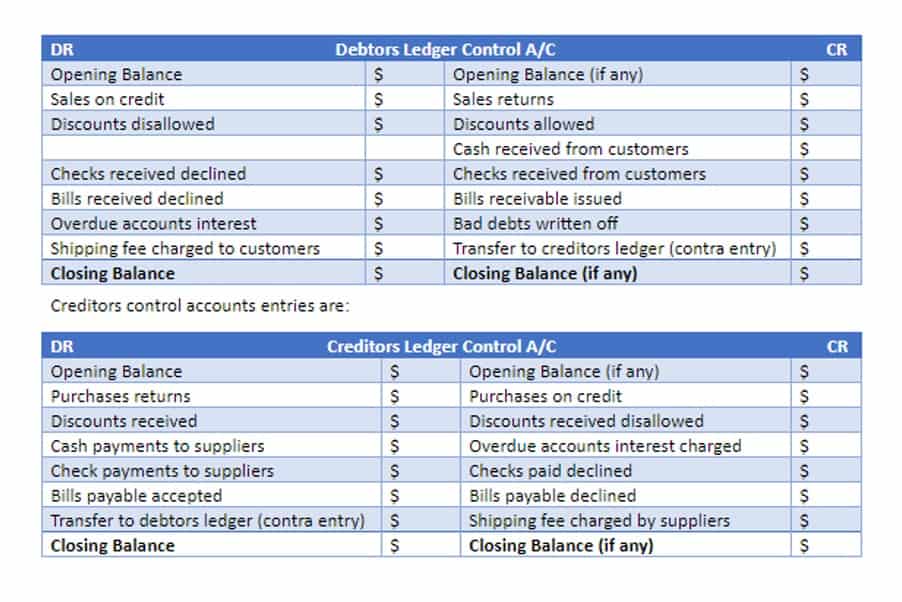
These terms are often used interchangeably, though slight differences may exist depending on their placement on the income statement. Net profit, or net income, is the ultimate measure of a company’s financial success. This final profit figure remains after all expenses, including interest and taxes, have been deducted from revenue. It indicates the earnings available to business owners or for reinvestment.
How to Calculate Total Revenue Growth in Accounting

Conversely, cash basis accounting recognizes revenue only when cash is received and expenses only when cash is paid out. This method is simpler and often used by small businesses or sole proprietors. It may not always reflect the full financial picture net sales of a business’s obligations or uncollected earnings. For example, the owner, an expert in renewable energy, forewent $100,000 in potential consulting income to focus on the business. Learn to calculate economic profit by understanding its components, formula, and differences from accounting profit through a practical example. ABC Co. must first calculate its total explicit expenses to calculate its accounting profit.
Your industry
To calculate accounting profit, deduct all the explicit costs from the sales revenue of the company. It has a direct relationship with the net income on the financial statement. The how to calculate accounting profit accounting profit is calculated on the basis of Generally Accepted Accounting Practice (GAAP). Explicit cost comprises with operating expenses such as raw material, interest paid, utility paid, employee’s wages, etc.

Structuring the Profit and Loss Statement
If businesses fail to calculate this amount correctly, they will end up reporting and paying an inaccurate tax amount to the government. Moreover, tax rates may vary based on the type of business, for example, partnership, company, proprietorship, etc. The tax rates, penalties, fines, etc., vary from one country to another because of the distinct tax Bookkeeping vs. Accounting systems.

- Because of the presence of some fixed costs, this percentage can vary somewhat as sales levels change, making it more difficult to ascertain the real product margins of a business.
- It is essential to understand net profit and its importance to the financial health of your business.
- Margins for the utility industry will vary from those of companies in another industry.
- Net profit also includes all other expenses involved in running a business, such as advertising costs and taxes.
- To determine the gross profit margin, this gross profit of $300,000 is divided by the net sales revenue of $500,000, resulting in 0.60, or 60%.
- By analyzing these percentages, business owners can assess profitability trends and make informed decisions regarding their operations, including pricing strategies and cost management.
It is essential to understand net profit and its importance to the financial health of your business. Investors and lenders are very keen on these figures before investing or lending money. If it also incurred $10,000 in interest expense on a business loan and earned $2,000 in interest income from a savings account, these non-operating financial activities are factored in.
- By calculating economic profit, businesses can evaluate resource allocation and make strategic decisions.
- The formula for calculating this margin is (Gross Profit / Sales Revenue) x 100%.
- These costs are recorded in a company’s financial statements and directly reduce its revenue.
- The tax rates, penalties, fines, etc., vary from one country to another because of the distinct tax systems.
- Conversely, a lower margin might point to rising material costs or competitive pricing pressures.
- Profit is the financial gain a business achieves when its earnings exceed incurred costs.
These costs are recorded in a company’s financial statements and directly reduce its revenue. Other common explicit costs are advertising expenses, insurance premiums, and interest payments on loans. Calculating profit relies on understanding several core financial elements. Revenue is the total income a business generates from its primary activities, such as selling goods or providing services, before any costs are deducted. This can include sales revenue from products or services, and sometimes other forms of income. The distinction between economic profit and accounting profit is crucial for a comprehensive understanding of financial performance.
- Thus, economic profits are often used to best assist management with decision-making.
- On the other hand, accounting profit considers all values recorded in the financial statements regardless of their frequency or normalcy.
- A jewelry company that sells a few expensive products may have a much higher profit margin as compared to a grocery store that sells many cheap products.
- Expenditures are typically grouped by their relationship to core business activities.
- Net profit is a critical metric for business owners to understand as it points to the financial health of an organization.
- The profit and loss statement—or “P&L Statement”—is one of the three core financial statements that publicly traded companies are obligated to file with the SEC.
- Net income is often referred to as “the bottom line” because it appears at the end of an income statement.
The calculated profit and loss figures are formally presented in a financial report known as the Profit and Loss (P&L) Statement, also widely referred to as an Income Statement. This statement summarizes a company’s revenues, expenses, and resulting profit or loss over a defined period. It provides a structured view of financial performance, allowing stakeholders to assess how effectively a business generates income and manages its costs. Next, determine the operating profit by subtracting all operating expenses from the gross profit.

Limitations Example #3 – Depreciation Expense
Gross profit is dictated by net revenue and cost of goods sold, so a company can strategically adjust more elements of gross profit than it can for net profit. In this formula, EBITDA is earnings before interest, taxes, depreciation, and amortization. The change in working capital refers to the change in the net amount of current assets and current liabilities over the reporting period. When your company has more revenues than expenses, you have a positive net income. If your total expenses are more than your revenues, you have a negative net income, also known as a net loss. Accounting profit differs from other types of profits such as cash profit, economic profit, and taxable profit.
Exploring the options of increasing production or introducing new products
Our intuitive software automates the busywork with powerful tools and features designed to help you simplify your financial management and make informed business decisions. In this way, accounting for profit is considered an essential element when determining a business’s creditworthiness. Investors and other stakeholders may not receive information regarding the taxable profit of the business as the profit is not a part of the disclosures required from a business.
